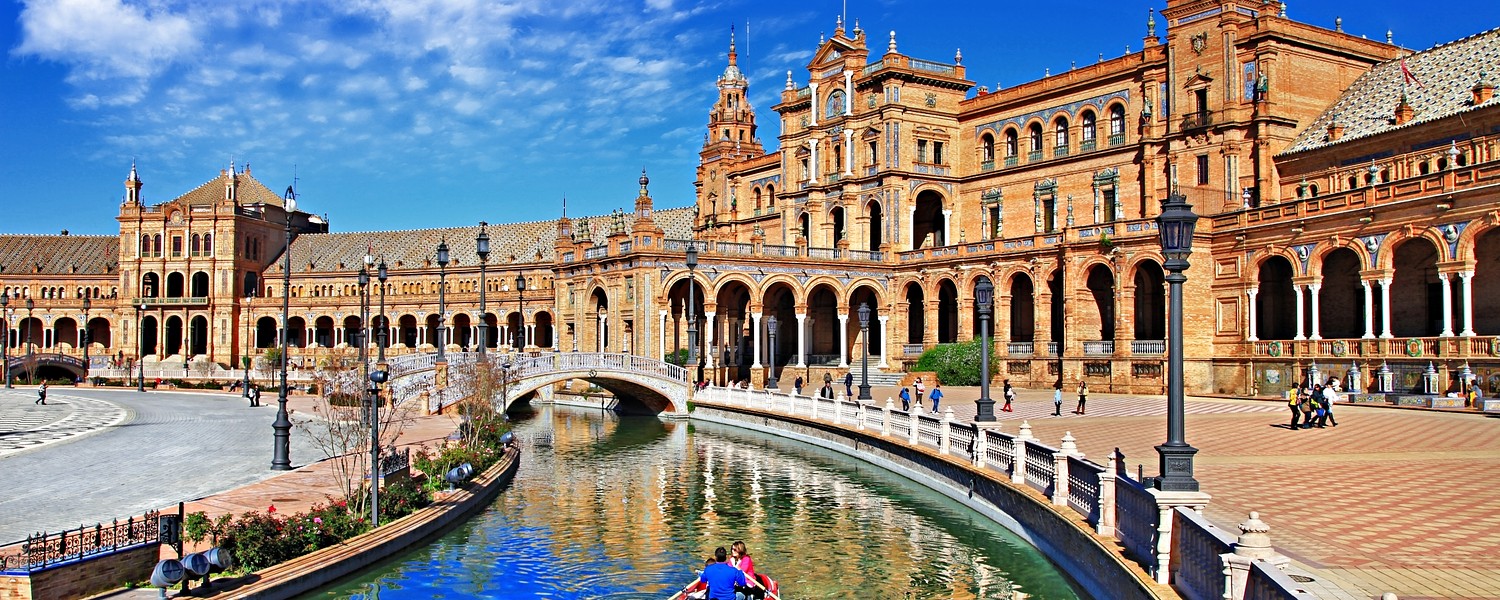
Provided by:
leoks / Shutterstock.com

Our travel guides are free to read and explore online. If you want to get your own copy, the full travel guide for this destination is available to you offline* to bring along anywhere or print for your trip.
*this will be downloaded as a PDF.Price
€4,95
The City
The guide was updated:
The Phoenicians arrived in this area first, establishing a number of trade colonies by the river. They taught the locals how to work with iron and created a new way of processing gold. The Romans came next and founded the town of Hispalis a few hundred years BC. Hispalis grew into a beautiful and prosperous city, but it never managed to emerge from the shadow of nearby Córdoba, until the Visigoths transformed Hispalis into a provincial seat and a centre of learning. In the 11th century, the Moors captured the city and re-named it Ishbiliya, but they too chose to make the grander city of Córdoba their capital. They even named it the Córdoba Caliphate.
After almost 400 years of civil war battles between Christians and Arabs, the Moors withdrew from their beloved Al-Andalus. Soon after, the inhabitants of Seville finally struck gold. When Christopher Columbus discovered a new continent in 1492, the exclusive trade rights were given not to Córdoba, but to Seville. The city quickly became the wealthiest and most cosmopolitan city in Europe, and retained that position for several hundred years. This eclectic mix of influences over the centuries have shaped the city we see today, and Seville's fascinating history is visible at every turn.
After almost 400 years of civil war battles between Christians and Arabs, the Moors withdrew from their beloved Al-Andalus. Soon after, the inhabitants of Seville finally struck gold. When Christopher Columbus discovered a new continent in 1492, the exclusive trade rights were given not to Córdoba, but to Seville. The city quickly became the wealthiest and most cosmopolitan city in Europe, and retained that position for several hundred years. This eclectic mix of influences over the centuries have shaped the city we see today, and Seville's fascinating history is visible at every turn.


